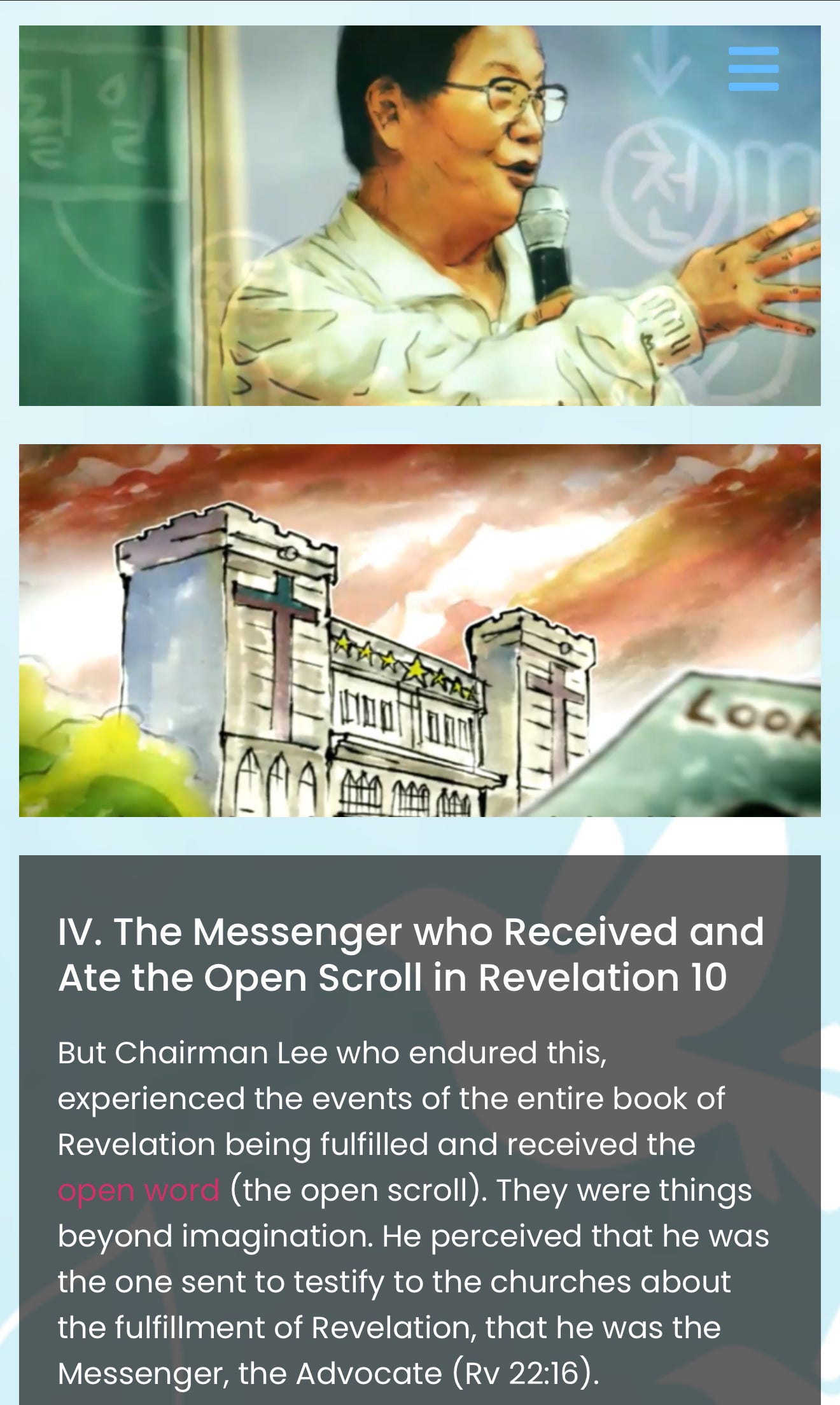USAID PREDICT - Part Seven - The Invasion Of John Brennan's Mini-Moonies
How Might Deep State And China USAID Partners Vector HKU5 To Hit Trump
Keep reading with a 7-day free trial
Subscribe to George’ Webb Task Force Orange Journal to keep reading this post and get 7 days of free access to the full post archives.



